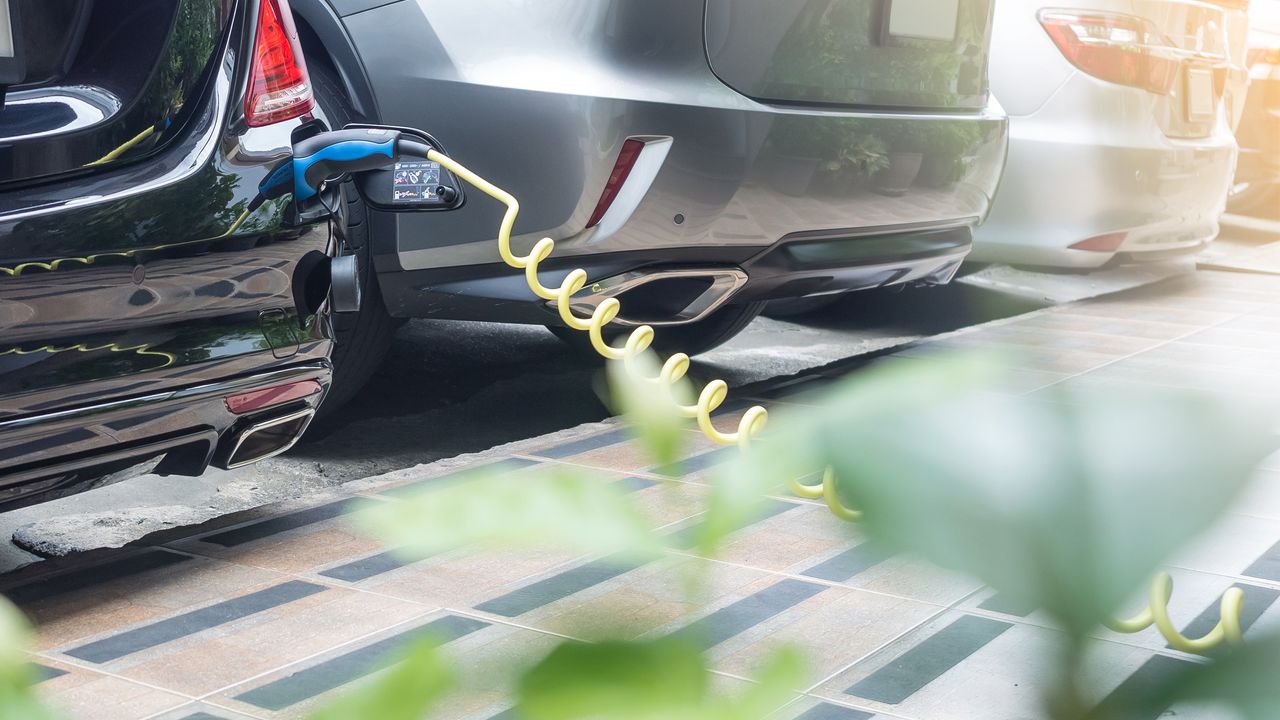The Concept of Vehicle-to-Grid (V2G) Technology
As the world continues to shift towards a more sustainable future, the concept of vehicle-to-grid (V2G) technology has emerged as a promising solution. V2G technology allows electric vehicles (EVs) to not only consume energy but also to send excess energy back to the grid when needed. This innovative approach has the potential to revolutionize the way we think about energy consumption and management.
V2G Applications
V2G technology offers a wide range of applications that can benefit both EV owners and the power grid. One of the key applications is demand response, which refers to the ability of EVs to adjust their charging and discharging patterns based on the needs of the grid. By participating in demand response programs, EV owners can contribute to grid stability and reliability while also earning financial incentives.
Another application of V2G technology is the provision of ancillary services to the grid. EVs can act as mobile energy storage units, providing backup power during peak demand periods or in the event of a power outage. This flexibility can help reduce the need for additional grid infrastructure investments and enhance the overall resilience of the electricity system.
V2G Infrastructure
For V2G technology to become widespread, a robust infrastructure is essential. This infrastructure includes both hardware and software components that enable communication and coordination between EVs and the grid. Key elements of V2G infrastructure include:
1. Smart Charging Stations
Smart charging stations play a crucial role in V2G technology. These stations are equipped with advanced communication capabilities, allowing them to interact with EVs and the grid. They can manage the charging and discharging process, optimize energy flows, and ensure that EVs are ready to meet the grid’s demand response needs.
2. Bi-Directional Power Flow
Bi-directional power flow is a fundamental feature of V2G technology. It enables EVs to not only draw energy from the grid but also send excess energy back when required. This bi-directional flow requires specific hardware components, such as bidirectional chargers, to facilitate the exchange of energy between EVs and the grid.
3. Communication Protocols
Effective communication protocols are essential for V2G technology to operate seamlessly. These protocols enable data exchange between EVs, charging stations, and the grid. They ensure that the grid can send signals to EVs to adjust their charging and discharging patterns based on demand response needs, while also providing information on available energy and pricing.
4. Grid Integration Software
Grid integration software plays a critical role in managing the interaction between EVs and the grid. This software collects and analyzes data from various sources, including EVs, charging stations, and the grid. It enables real-time monitoring and control of energy flows, ensuring that the grid’s needs are met while optimizing the charging and discharging patterns of EVs.
The Future of V2G Technology
V2G technology holds immense potential for a sustainable and efficient energy future. By enabling EVs to become active participants in the energy system, V2G technology can help balance supply and demand, reduce the need for additional grid infrastructure, and enhance grid resilience. Moreover, V2G technology can contribute to the integration of renewable energy sources by providing a flexible and controllable storage solution.
However, the widespread adoption of V2G technology faces several challenges. These challenges include the development of standardized communication protocols, the establishment of regulatory frameworks, and the deployment of a comprehensive V2G infrastructure. Overcoming these challenges will require collaboration between stakeholders, including automakers, utilities, regulators, and technology providers.
In conclusion, V2G technology has the potential to transform the way we think about energy consumption and management. By leveraging the capabilities of EVs, V2G technology can contribute to a more sustainable and resilient energy system. With the right infrastructure and supportive policies, V2G technology can pave the way for a greener future.
